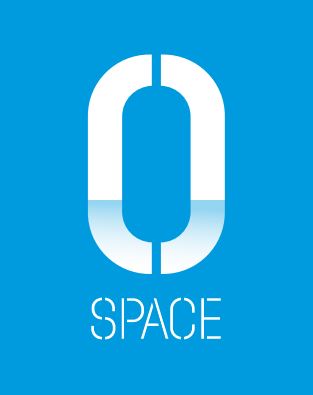In the workplace, most people need to physically block the distractions that reduce their attention to this process of synthesizing. It’s difficult, with so many things competing for our attention. People are working in increasingly more collaborative environments, where the average rate of interruption for an office-related task is once every 11 minutes.
When a knowledge worker—relying on deep, strategic thinking—is interrupted it can take as much as 23 minutes before the original “flow state” is regained. While people who constantly multitask feel like they’re quick and efficient, they are actually experiencing higher levels of stress. In fact, research suggests that, for knowledge workers, multitasking actually saps productivity.
What most workers need is the ability to find uninterrupted spans of time to immerse themselves in a state of concentration. People today often seek out this quiet refuge anywhere they can in the building. They may find themselves at “third spaces”—
We are the third space…
In a 2010 research study by The New Ways of Working, almost half of the surveyed organizations had started an alternative workplace program within the last two to five years—a program that combines non-traditional work practices and existing practices aimed at improving human effectiveness.
In place since the early 1980s, they have grown in reputation from a “quiet agreement” between knowledge workers and their managers to an opportunity that lets people concentrate so they can focus on the work at hand
“An effective workspace supports both collaboration and individual work with the right balance of different types of space for the occupying organization. Space allocation should reflect the impact of mobility and the need for interactions of every type, from informal socializing to formal, scheduled meetings.”
– The New Federal Workplace, GSA Public Buildings Service

